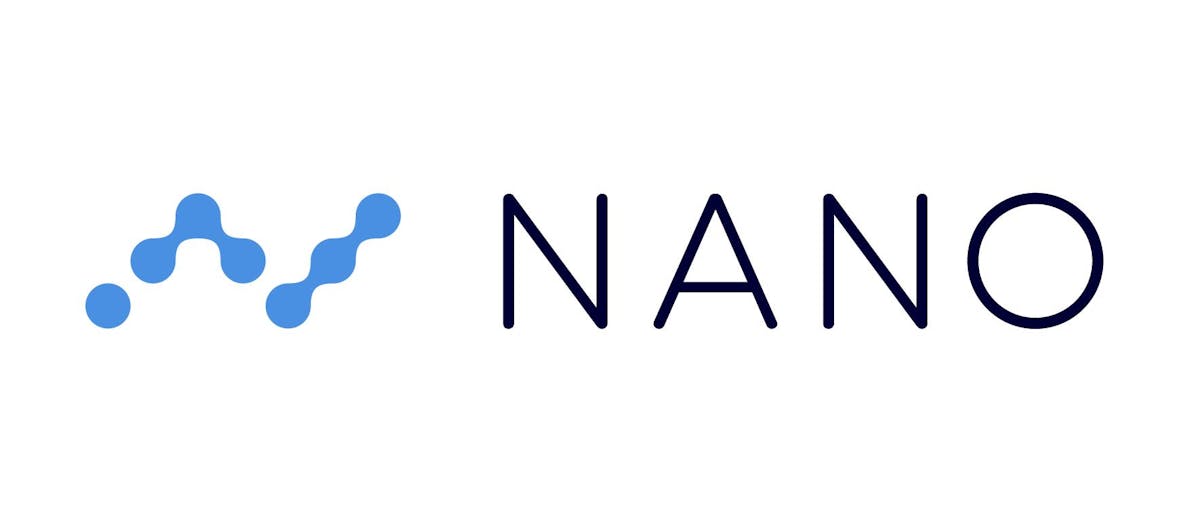Nano is a cryptocurrency that promotes feeless and prompt transactions. It utilizes a completely diverse data structure and consensus algorithm than Bitcoin. Whereas Bitcoin’s ledger is a unique, consecutive list of blocks comprising transactions (i.e. a blockchain), Nano utilizes what’s named a block-lattice data structure where each Nano address has its personal blockchain. In Bitcoin, the consensus is controlled through Proof of Work. In Nano, the consensus is controlled through voting.
Colin LeMahieu began developing the Nano the year 2014 and the production system was launched in the year 2017. It was formerly named Raiblocks before Nano in early 2018. In the period of a month during the 2017 bull market, the value of NANO climbed from a few cents to more than $33.
Block-Lattice Ledger of Nano
One of the block-lattice’s more engaging characteristics is how its ledger manages and banks transactions. Each Nano transaction is its private block, and each new block supersedes the one ere it on its user’s account-chain. In order to secure conventional account records, new blocks stake record of the account holder’s current profit and factor it into the processing transaction.
For example, if ‘X’ is transferring NANO to ‘Y’, the transaction is confirmed by taking the variation between the send block and X’s current balance on the other block. On the other point of the transaction, the receive block would then join the amount to its account chain’s leading block. The end output is a new block that lists the refreshed balance of each user.
By using this system, Nano maintains a history of an account’s balance on its ledger, not a complete history of all transactions like conventional distributed ledgers. This indicates that the Nano network only has to maintain a history of each account on its full ledger. Rather than keeping a record of all earlier transactions, the system only saves account balances.
Nano utilizes a Direct Acrylic Graph (DAG) algorithm but applies its private novel technology named block-lattice architecture which basically expressing that every person holds his own blockchain, named account-chain. A problem usually encountered is the latency of transaction time which reaches at an average of 163 minutes in case of Bitcoin. In the case of Nano, there is no stop-time for the network ledger to update. The data displayed is updated by the master and then is refreshed asynchronously to the more prominent block-lattice which gives lower transaction times.
How does Nano Work?
As mentioned earlier, with block-lattice, Nano address has its private blockchain and the blockchain can only be renewed by the address. The Nano network contains validators that save the complete state of the network and users who keep addresses. Validators have large storehouse and bandwidth charges since every validator requires to maintain a record of every address’s blockchain, vote on transactions, and send them to the remaining network. Since the latest blocks do not generate new NANOs and transactions carries zero charges, validators do not get compensation for their action.
To transfer NANO, an account requires to add a “send” block to its blockchain. After that, it requires to demand votes from “representative nodes”. Votes are actually collected cryptographic signatures. After collecting votes, the block is set to be published to the rest of the network, and the receiver can be convinced that the money is transferred. The entire method traverses a few seconds. Since an address’s blockchain can only be refreshed by at most one address, updates can occur quickly without disputes. This is significant to Nano’s agility and scalability.
Disclaimer: This information should not be interpreted as an endorsement of any cryptocurrency. It is not a recommendation to trade. The crypto market is full of surprises and overhyped assets. Do your research before buying anything. Do not invest more than you can afford to lose.
Follow us on Twitter, Facebook, Steemit, and join our Telegram channel for the latest blockchain and cryptocurrency news.

